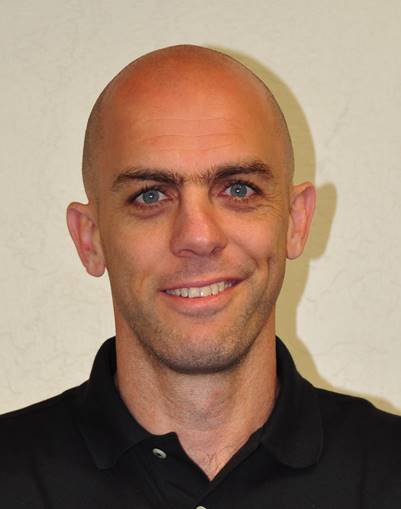Deutsche Telekom goes hybrid cloud for new product lifecycle

From its headquarters in Bonn, Germany, Deutsche Telekom AG manages brands across the world, such as T-Mobile, and markets products and services including mobile and fixed telephony, internet access, and IT.
After acquiring startup ChooChee in 2013, Deutsche Telekom AG renamed it Hosted Business Solutions (DT-HBS). Today DT-HBS develops and deploys next-generation cloud-based telephony services targeted at small and medium businesses.
But when DT-HBS started to run out of capacity for software testing and development, chief marketing officer Paul Sebastien says boosting on-premise hardware infrastructure wasn't the best answer.
"It would take away precious resources from developing our platform," he says. "Also, having a large physical footprint makes us less able to respond to future changes."

Ram Akuka, DT-HBS director of DevOps, drove a new project to implement a robust testing and development architecture.
"Cloud telephony puts unique requirements on the underlying infrastructure," he says. "For example, consistent low latency is essential to call quality. This makes it impossible to host our production in a traditional public cloud. So instead, we implemented a private cloud combining DevOps technologies such as configuration management, continuous integration and continuous deployment, with an enterprise architecture."
DT-HBS partnered with Ravello Systems to provide the private cloud implementation, and today developers can start up their own scaled-down copy of the application environment on demand. They don't have to share development environments anymore, which means less waiting and higher quality software.
"Getting a copy of our environment into Ravello was easy," Akuka says. "We simply uploaded our base image and virtual appliance form factors of our physical appliances."
The Ravello environment also offers DT-HBS the capability where, if a software build fails testing, developers can keep the whole dataset environment for debugging. Previously, each new test ran on a different virtual machine, so older ones had to be wiped because of the data capacity challenges the company faced. Now, with the new solution, each test deployment can be stopped, started, and picked apart as many times as developers need.
Akuka and his team can quickly clone even the most complex production application environments and use Ravello Systems' built-in automation to spin them up on any public cloud without having to re-architect or convert anything. This hybrid cloud approach provides a 'best of both worlds' platform."
"We never have time to wait for budget approval or new hardware as we develop and test applications," Akuka says when asked about the best approach for a company as large as Deutsche Telekom AG hoping for similar agility.
"The public cloud is recommended for the extended capacity needed to develop and test scenarios. You can scale up as demand increases and have the flexibility to test workloads right away."